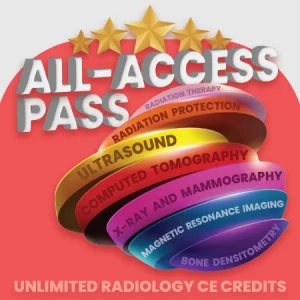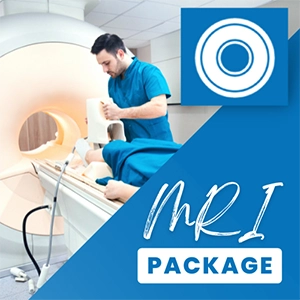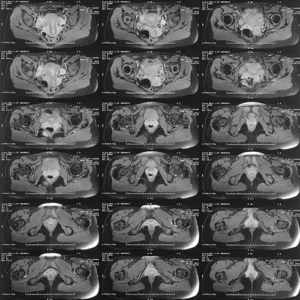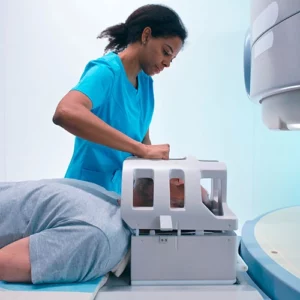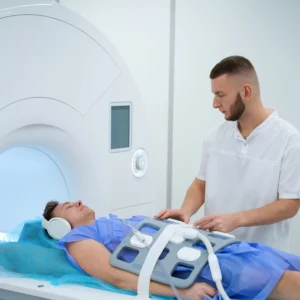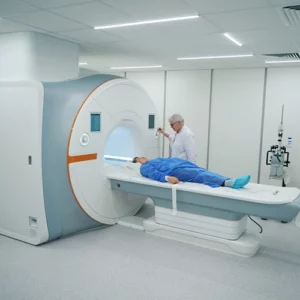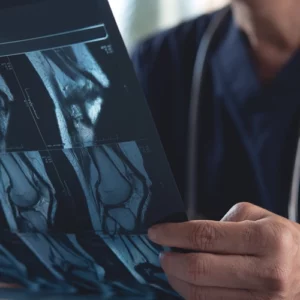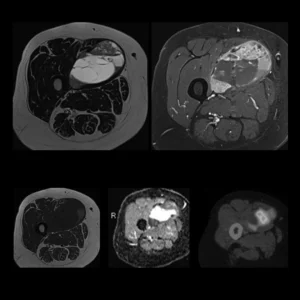MRI CE Credits
A robust MRI continuing education library for your MRI CE credits for radiologic technologists

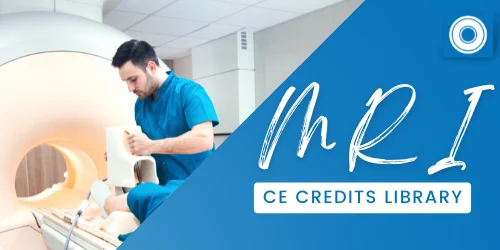
Welcome to the Medical Professionals MRI continuing education library! All of our MRI CE courses are approved by the ASRT and suitable for any MRI technologist to acquire their CE credits.
We guarantee that all of the MRI CE credits you earn will be accepted by state registries in the USA and Canadian territories for all licensed radiologic technologists, as well as for ARRT® renewal. All MRI CE courses are also accepted by the ARMRIT®.
Read more
All of our MRI CE courses are developed by our skilled clinical application specialists’ team and have been approved by the American Society of Radiologic Technologists (ASRT). Therefore, we have got you covered on your MRI CE credits, your structured education and your CQR requirements. However, these continuing education courses will take you beyond just certification. Our comprehensive and interactive series CE courses provide you not only with the theoretical knowledge related to this modality, but it goes beyond to share with you useful information for your daily practices.
Looking for some free references and articles (non CE)? Check out our news and articles section and our reference guides.
Image | Course | Description | CE Credits | Buy Now |
|---|---|---|---|---|
Unlimited CE credits for your ARRT® & state renewal. Get unlimited continuing education courses to take you beyond certification. A CE plan that makes achieving excellence easier than ever. | 221+ CE Credits | |||
The most affordable MRI package for ARRT® and state renewal! Get one-year access to our full MRI continuing education library of 22 courses and meet all your MRI CE and CQR requirements in one place. | 76+ CE Credits | |||
Master the fundamentals of MRI pelvis imaging, including protocols for MRI pelvis with and without contrast, anatomy, patient care, and artifact management. This course provides step-by-step guidance on imaging the male and female pelvis while ensuring high-quality diagnostic results.
| 4.00 CE Credits | |||
Master the essentials of head MRI exams with this ASRT-approved CE course. Designed for radiologic technologists, it covers head anatomy, imaging protocols, artifacts, and common pathologies.
| 5.75 CE Credits | |||
This course provides a comprehensive overview of MRI of the abdomen, covering anatomy, imaging techniques, patient care, contrast agents, and scanning protocols. Through real clinical cases and detailed instruction, learners will gain the skills needed to perform and interpret abdominal MRIs with confidence. | 4.5 CE Credits | |||
An interactive CE course to axial skeleton MRI providing insight into the MR imaging of the sternum, sternoclavicular joints, temporomandibular joints, and the bony pelvis. | 3.25 CE Credits | |||
Explore the role of contrast media in MRI Musculoskeletal imaging during this specialized MRI Musculoskeletal CE course. | 2.00 CE Credits | |||
Dr. Michel Kind's course on musculoskeletal sarcomas equips radiologists, radiologist assistants, and radiologic technologists with advanced diagnostic and management skills. It features imaging techniques, real case studies, and a live biopsy demonstration to improve patient outcomes. Not included in the All-Access Pass or packages
| 4.50 CE Credits |

